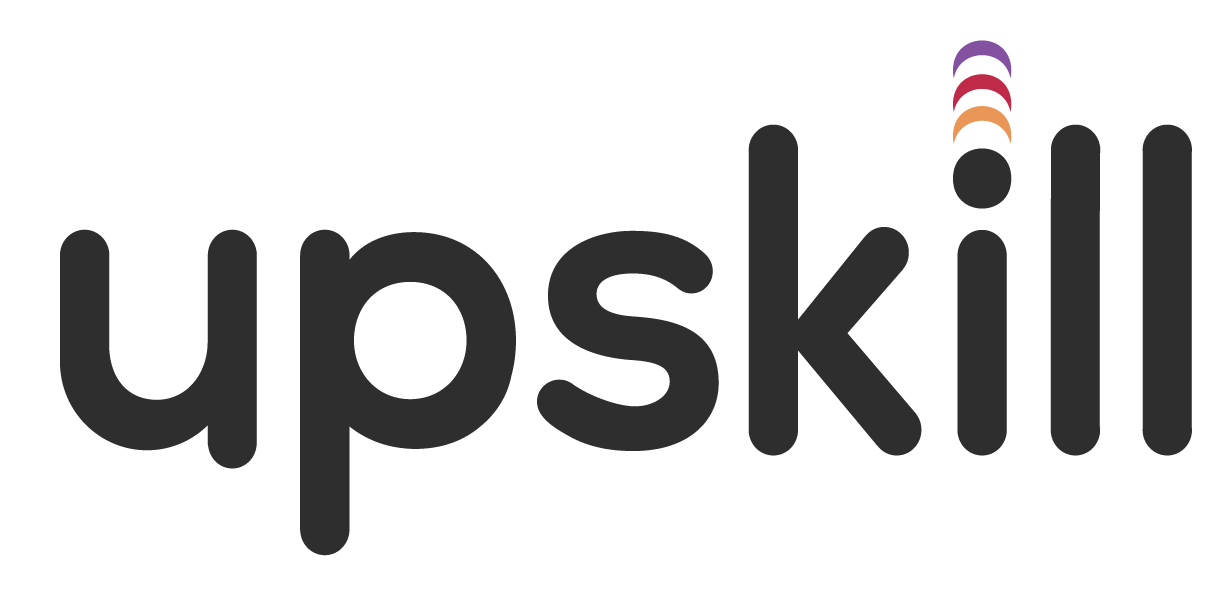Whereas IFRS 13
provides uniform principles on how to determine fair value, ISA 540(R)
highlights the key concepts an auditor should be aware of in determining the validity,
accuracy and completeness of estimates determined by the auditee as a whole.
Pre IFRS 13, standards permitting the use of fair value on initial or subsequent measurement had very little, if any, guidance on how an entity should determine the fair value of an item, let alone provide disclosure about how the entity determined the fair value.
IFRS 13 provides a single definition or framework for all fair value measurements and disclosures. However, the standard is used in conjunction with other IFRS standards to establish the “when” and “how” of fair value measurement.
Other standards such as IFRS 9 and IAS 40 determine the “when” fair value should be applied. IFRS 13 provides the heartbeat of “how” the fair value should be determined and what important information should an entity disclose for its users to understand how the entity applied IFRS 13.
Join us for an overview of the key concepts of IFRS 13 considering:
Due to IFRS 13 containing judgment, an auditor should also consider how this estimate, whether determined by the entity itself or the use of an external valuer, affects the application of ISA 540(R).
Click here to register.
The revised ISA 540 focuses on the auditor identifying an auditee’s various estimates and assessing how it impacts the entity’s overall risk assessment. Based on its risk assessment, ISA 540(R) allows the auditor to choose between 3 approaches to obtain comfort in the calculation of the estimate as well as the level of detail disclosed in the financial statements.
We will be considering the key concepts of ISA 540(R) in terms of the auditor:
Who should attend? The target audience that will most benefit from the course are:
Delegates will obtain an understanding of the key focus areas of IFRS 13 as well as a practical implementation of ISA 540(R) on fair value estimates. Delegates will be equipped with the information needed and disclosed to ensure an enhanced understanding of the users of the financial statements as well as the auditors being able to conclude on fair presentation of an entity’s judgments and estimates.
Pre IFRS 13, standards permitting the use of fair value on initial or subsequent measurement had very little, if any, guidance on how an entity should determine the fair value of an item, let alone provide disclosure about how the entity determined the fair value.
IFRS 13 provides a single definition or framework for all fair value measurements and disclosures. However, the standard is used in conjunction with other IFRS standards to establish the “when” and “how” of fair value measurement.
Other standards such as IFRS 9 and IAS 40 determine the “when” fair value should be applied. IFRS 13 provides the heartbeat of “how” the fair value should be determined and what important information should an entity disclose for its users to understand how the entity applied IFRS 13.
Join us for an overview of the key concepts of IFRS 13 considering:
- The universal definition of fair value.
- The application of fair value measurement.
- Various valuation techniques .·
- Fair value hierarchies.
Due to IFRS 13 containing judgment, an auditor should also consider how this estimate, whether determined by the entity itself or the use of an external valuer, affects the application of ISA 540(R).
Click here to register.
The revised ISA 540 focuses on the auditor identifying an auditee’s various estimates and assessing how it impacts the entity’s overall risk assessment. Based on its risk assessment, ISA 540(R) allows the auditor to choose between 3 approaches to obtain comfort in the calculation of the estimate as well as the level of detail disclosed in the financial statements.
We will be considering the key concepts of ISA 540(R) in terms of the auditor:
- Obtaining an understanding of the auditee, its environment and applicable reporting framework.
- Obtaining an understanding of the auditee’s system of internal control
- Identifying and assessing risk of material misstatement.
- Responding to the assessed risk of material misstatement by selecting an approach that provides comfort on the method, assumptions and data used by the auditee in determining the estimate.
Who should attend? The target audience that will most benefit from the course are:
- Tertiary students.
- Preparers of financial statements.
- Auditors.
- Finance personnel.
- Finance consultants.
Delegates will obtain an understanding of the key focus areas of IFRS 13 as well as a practical implementation of ISA 540(R) on fair value estimates. Delegates will be equipped with the information needed and disclosed to ensure an enhanced understanding of the users of the financial statements as well as the auditors being able to conclude on fair presentation of an entity’s judgments and estimates.

Meet the author
Annalien Carstens
Annalien Carstens is the Managing Director of Altimax. As a company, which focuses on solutions impacting people. Her specialisms include IFRS, IFRS for SMEs, IPSAS, GRAP, ISAs and ISQM 1. For the past 18 years, Annalien has been the lead director for the implementation of several turn-around; audit quality; audit improvement; adoption of new reporting and auditing frameworks and standards; and training projects. Altimax services listed entities, large non-listed entities, national and provincial departments, constitutional entities, legislatures, public entities, municipalities, audit firms and professional bodies.
